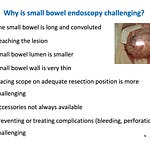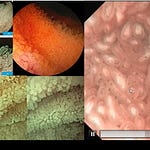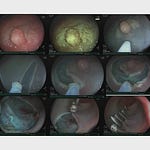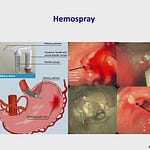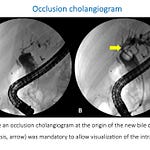The most common cause of gastritis and risk gastritis for development of gastric cancer is Helicobacter pylori infection. Understanding how to properly sample this condition could fundamentally change how you assess gastric cancer risk in your practice.
Understanding the Disease Progression
Studies done by the Correa group have shown that there is an oncogenic cascade in the development of gastritis and pre-neoplastic lesions and gastric cancer. This gastritis tends to be multifocal and goes through distinct stages.
The progression follows this pattern:
First, antrum-predominant gastritis
Pangastritis
Multifocal intestinal metaplasia
Atrophic gastritis
Pan atrophy
Gastric cancer
Why Location Matters
Gastritis is in various parts of the stomach. There is antral-predominant gastritis and corpus or body-predominant gastritis.
The body-predominant gastritis, especially the atrophic gastritis, is riskier for development of gastric cancer.
But as mentioned, gastritis is multifocal. This is the rationale for using the Sydney method to obtain biopsies.
The Sydney Protocol Technique
When obtaining biopsies of the antrum and the body, they are not obtained from the same side. They are obtained from contralateral sides—the lesser curvature and the greater curvature.
The same applies for the body, and ideally there should be a fifth biopsy obtained from the incisura angularis.
Step-by-Step Approach
Listen to this episode with a 7-day free trial
Subscribe to EndoCollab to listen to this post and get 7 days of free access to the full post archives.




